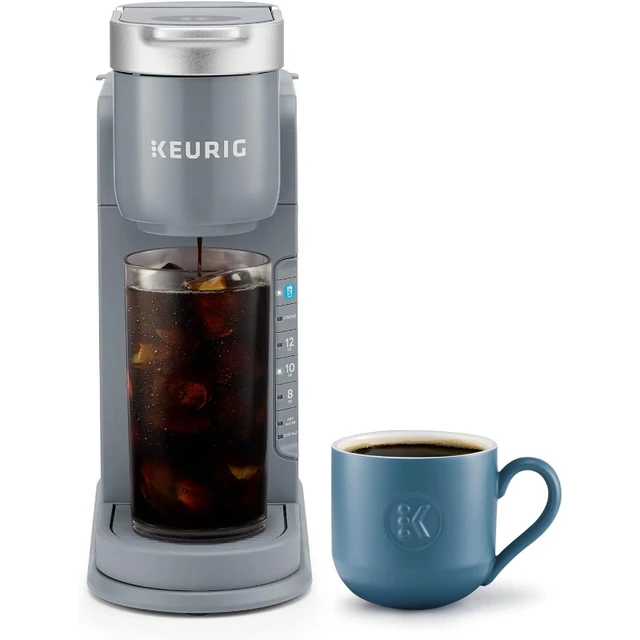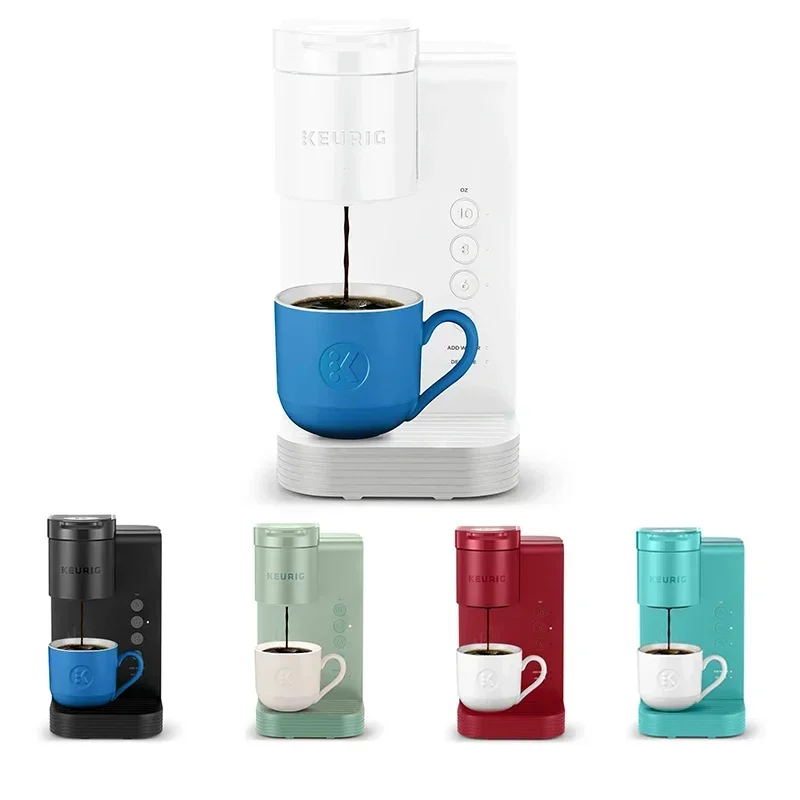
Identifying Common Water Flow Problems
When your Keurig coffee machine fails to dispense water correctly, it can be due to several issues. Identifying the root cause is the first step to resolving these problems. This section will cover the most common issues including the ‘Add Water’ error and clogged needles, which are frequent culprits.
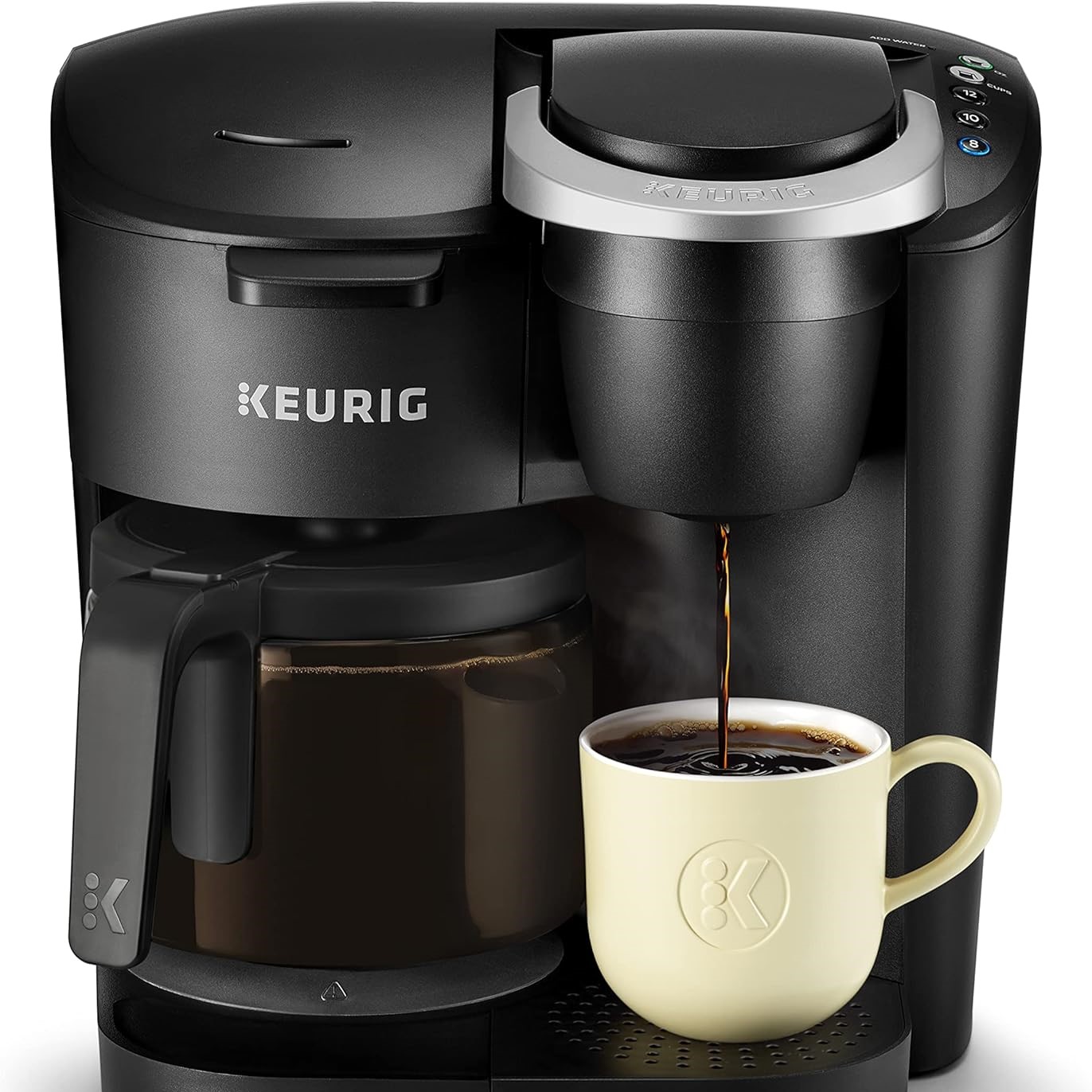
Troubleshooting the ‘Add Water’ Error
The ‘Add Water’ error can be frustrating. This error often signals that the machine does not detect enough water in its reservoir, even if it’s full. First, ensure the reservoir is properly seated. If the problem persists, inspect the reservoir sensor. Sometimes, giving the machine a gentle shake can help. If these do not resolve the issue, sensor cleaning or replacement might be necessary.
Symptoms of a Clogged Needle
A clogged needle in your Keurig can severely impact its ability to brew. Common signs include slow water drip and incomplete brewing cycles. Using a Keurig needle cleaning tool is a handy solution for this problem. Regular cleaning of the needle can prevent clogging and ensure smooth operation of your Keurig.
Essential Tools and Materials for Repair
For any Keurig owner facing water flow issues, having the right tools and materials is crucial. Before you start any repairs, make sure you have these essentials on hand. Doing so will make the repair process smoother and more effective.
Using a Keurig Needle Cleaning Tool
A Keurig needle cleaning tool is essential for resolving many common Keurig problems, including the ‘Add Water’ error and slow water drip associated with a clogged needle. This simple tool helps you clean the needle that punctures the K-cup, which often gets blocked with coffee grounds or debris. To use it, insert the tool into the needle entry after turning off the Keurig and running it without a K-cup several times. Regular use can prevent future clogs and keep your Keurig water coming out smoothly.
Importance of Descaling Solutions
Over time, mineral build-up can cause significant issues with your Keurig’s water flow. This is where descaling solutions come in. They are specially formulated to remove these mineral deposits from your coffee maker’s internal components. For effective maintenance, it’s recommended to descale your Keurig every 3 to 6 months. This will ensure that keurig water not coming out isn’t a problem caused by buildup. Always use a descaling solution appropriate for Keurig machines to avoid any potential damage.
Step-by-Step Guide to Unclogging Your Keurig
Cleaning the Needles
Unclogging your Keurig starts with cleaning the needles effectively. First, ensure your Keurig is turned off and unplugged. Remove the pod holder carefully and locate the entrance needle. Use the Keurig needle cleaning tool or a straightened paperclip to gently remove any debris clogging the needle. After cleaning, run two water-only brew cycles to flush out any remaining particles. Repeat this process regularly to prevent future issues with keurig water not coming out.
Descaling the Water Lines
After addressing the needles, the next crucial step is descaling the water lines. Start by emptying the water reservoir and filling it with a descaling solution. Initiate a brewing cycle without a K-cup to allow the solution to flow through the Keurig’s internal system. After completing the cycle, let your Keurig rest for 30 minutes with the solution inside. Finally, refill the reservoir with fresh water and run additional cycles until the water runs clear, ensuring all traces of the solution are gone. This prevents buildup affecting the keurig water not coming out and extends your coffee maker’s life span.
When to Replace the Water Pump
A well-functioning water pump is key for your Keurig to work properly. But over time, the pump might fail. Knowing when to replace it is vital to ensure your coffee machine operates efficiently. Here are the signs that indicate a pump replacement is necessary.
Signs That Your Pump Needs Replacement
Pay attention to these warning signs that suggest your Keurig’s water pump may need replacing:
- Unusual Noise: If your Keurig makes loud or strange noises during brewing, check the pump.
- Slow Brew Time: A slower than usual brewing cycle often points to pump issues.
- No Water Dispensing: The clearest sign is when keurig water not coming out at all.
- Erratic Water Flow: Inconsistent water flow during brewing signals pump problems.
- Leaks: If you see water underneath your Keurig, the pump might be the culprit.
When you notice these signs, consider purchasing a replacement pump. Next, we’ll guide you through the replacement process.
How to Replace a Keurig Water Pump
Replacing the water pump in your Keurig might seem daunting. Don’t worry; we’ll make it simple. Follow these steps:
- Unplug Your Keurig: Safety first. Ensure your machine is off and unplugged.
- Disassemble: Carefully open the Keurig to access the internal components. Check your user manual for detailed instructions.
- Locate and Remove: Find the water pump and take it out. Take pictures or notes to remember placements.
- Install New Pump: Place the new pump in, making sure it fits just like the old one did.
- Reassemble Keurig: Put all the parts back together following the reverse order of disassembly.
- Test: After reassembling, plug in your Keurig and test it with a water-only cycle.
Keep in mind, if you’re not comfortable with DIY repairs, seeking professional help is best. Using the right tools and following these steps will help you replace the Keurig water pump, resolving issues with keurig water not coming out.
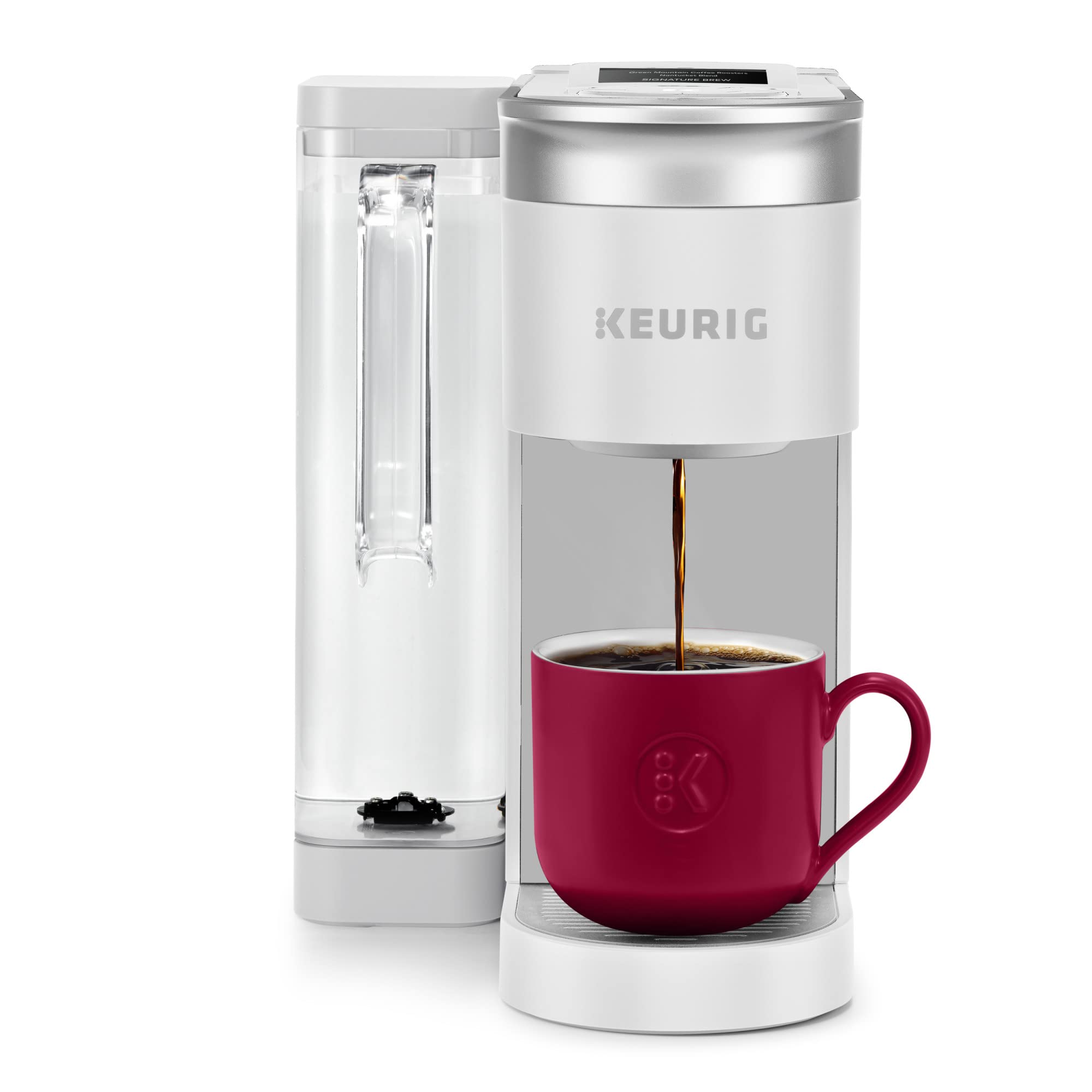 Preventive Maintenance Tips
Preventive Maintenance Tips
To extend the lifespan of your Keurig and keep it running smoothly, preventive maintenance is critical. This section offers insightful tips on preserving your Keurig’s performance through simple yet effective practices.
Regular Cleaning Schedule
Maintaining a regular cleaning schedule is vital for preventing common issues like slow brewing or Keurig water not coming out. Here are easy steps to keep in mind:
- Weekly: Use the Keurig needle cleaning tool weekly to clear out coffee residues from the needle.
- Monthly: Clean all removable parts (like the water reservoir and drip tray) with warm soapy water once a month.
- As needed: Wipe the exterior with a damp cloth to keep the surfaces clean.
Consistency in these practices will significantly reduce water flow problems and enhance the brewing performance.
Importance of Using Filtered Water
Using filtered water in your Keurig not only helps in maintaining clean internal water lines but also ensures the quality of your coffee. Key points include:
- Less Mineral Buildup: Filtered water reduces scale and mineral buildup inside the machine, thereby preventing frequent clogging and prolonging the unit’s life.
- Improved Taste: Cleaner water translates to a purer coffee flavor, enhancing your coffee experience.
- Cost-effective: Regular use of filtered water minimizes the need for descaling solutions and professional servicing.
By adhering to these maintenance tips, your Keurig will function more effectively, saving you time and providing the perfect cup every time. Ensure you integrate these practices into your routine to avoid frequent malfunctions and service calls.
How to Properly Set Up Your Keurig for Optimal Performance
Proper setup of your Keurig ensures it performs well and eliminates issues like ‘keurig water not coming out’. Follow these steps for optimal staging.
Ensuring Correct Reservoir Installation
Correct installation of the water reservoir is crucial. Start by ensuring the reservoir is clean and free from any debris. Next, align it properly with the designated slot on your Keurig machine. Push it down firmly until you hear a click, indicating that it is securely locked in place. This setup prevents common problems such as the ‘Add Water’ error and helps in maintaining consistent water flow during brewing.
Checking for Proper Internal Component Alignment
The alignment of internal components is equally important. Begin by unplugging your Keurig and removing the cover carefully, according to the user manual. Check that all internal parts, especially the water pump and needles, are correctly positioned and securely fitted. Misalignment can lead to slow brewing times and issues with keurig water not coming out. If any components seem out of place, gently adjust them as needed. Reassemble your Keurig and run a test brew to ensure everything operates smoothly.
 Professional Help vs. DIY Repairs
Professional Help vs. DIY Repairs
Deciding whether to seek professional help or attempt DIY repairs on your Keurig can be tricky.
When to Call for Professional Assistance
Contact experts if your Keurig problems are beyond basic troubleshooting. This includes internal electrical faults, severe mechanical damage, or if DIY attempts fail. Professional repair ensures your safety, particularly with complex electrical issues. Experts have specialized tools and extensive knowledge to diagnose and fix problems accurately. If your Keurig is under warranty, professional service might be covered, saving you money.
Benefits of DIY Keurig Repairs
DIY repairs can be rewarding. They often save time and money when dealing with common Keurig issues like clogs or ‘keurig water not coming out’. Simple tools, like the Keurig needle cleaning tool, can resolve many problems. Performing your own repairs boosts your understanding of the machine. This knowledge helps with future maintenance and troubleshooting. Additionally, fixing problems yourself promotes a sense of achievement and self-reliance.
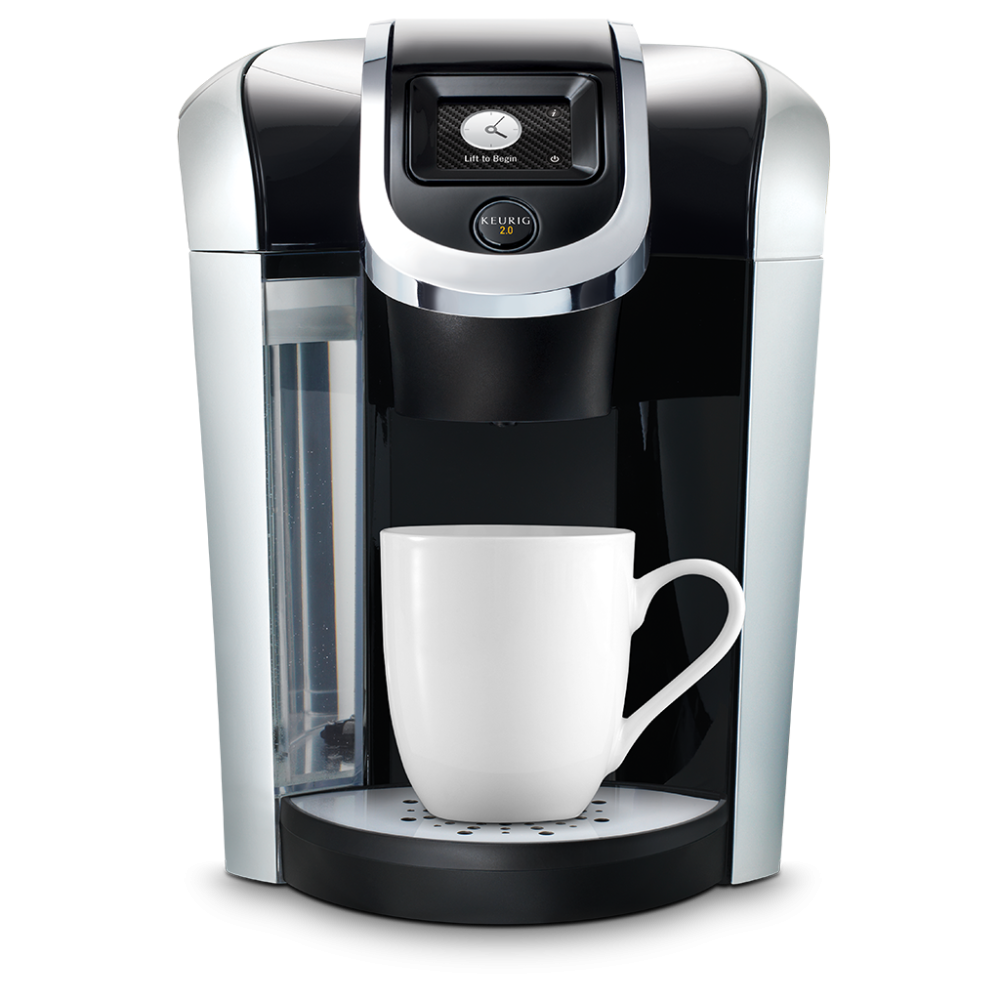
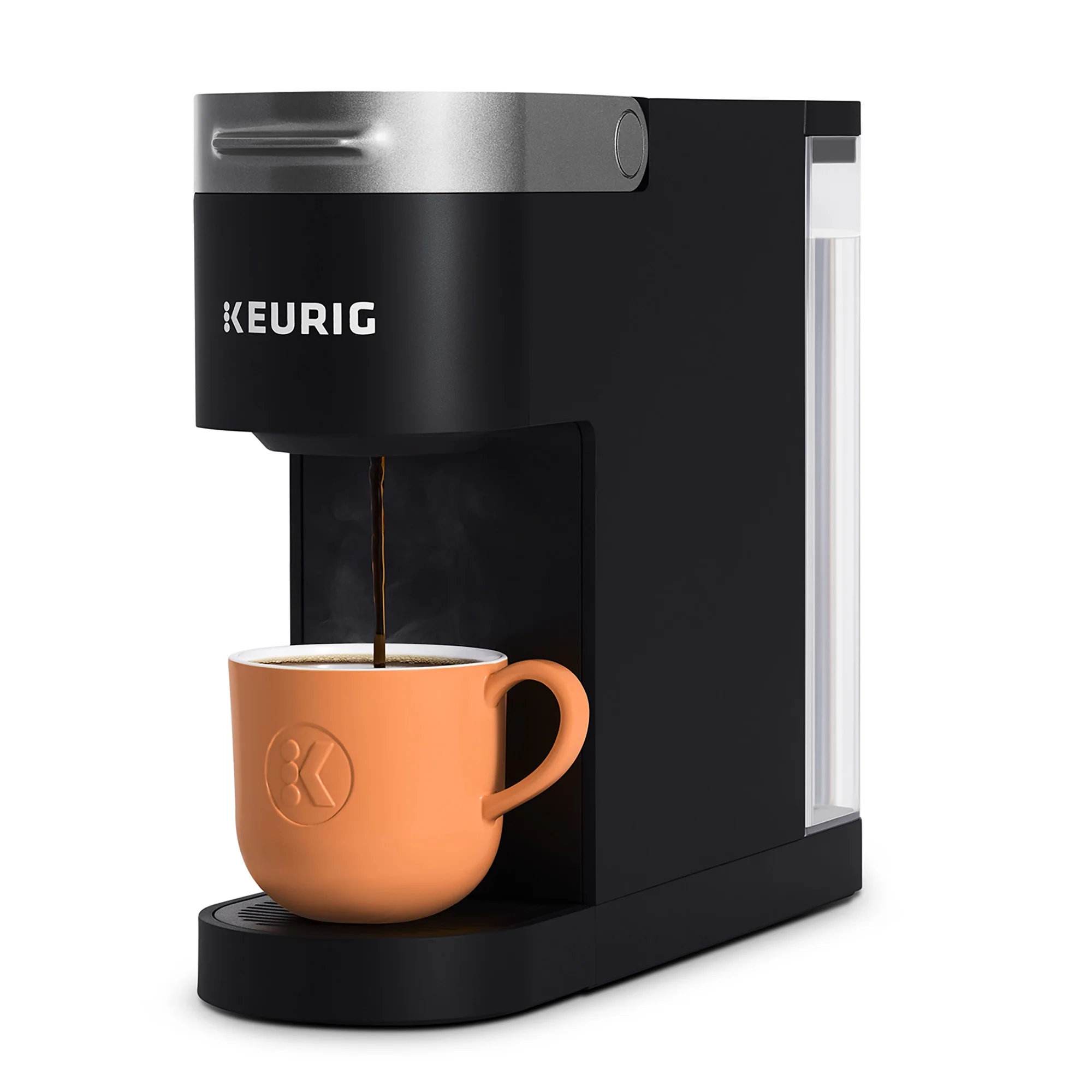
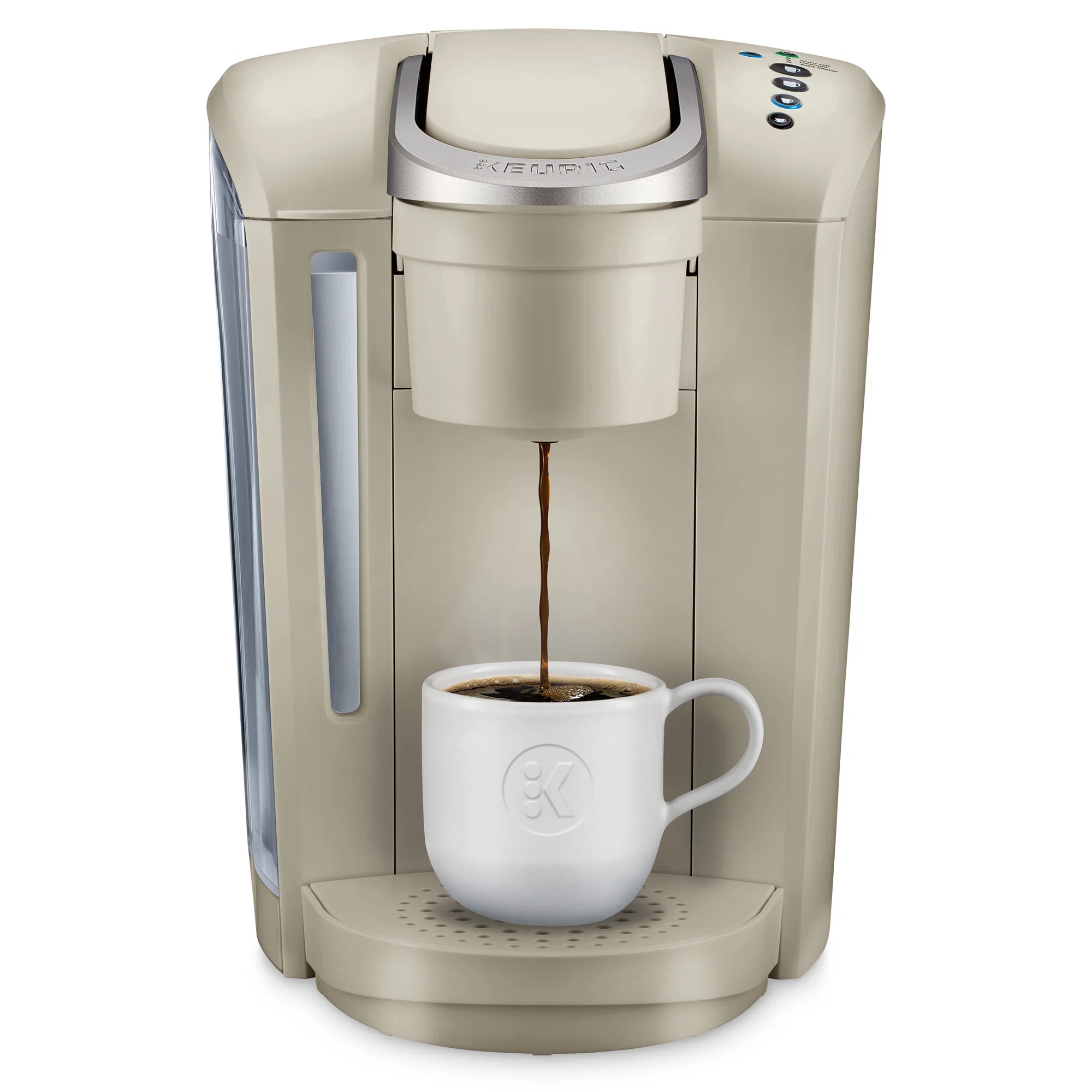 Step 2: Clearing Clogged Needles
Step 2: Clearing Clogged Needles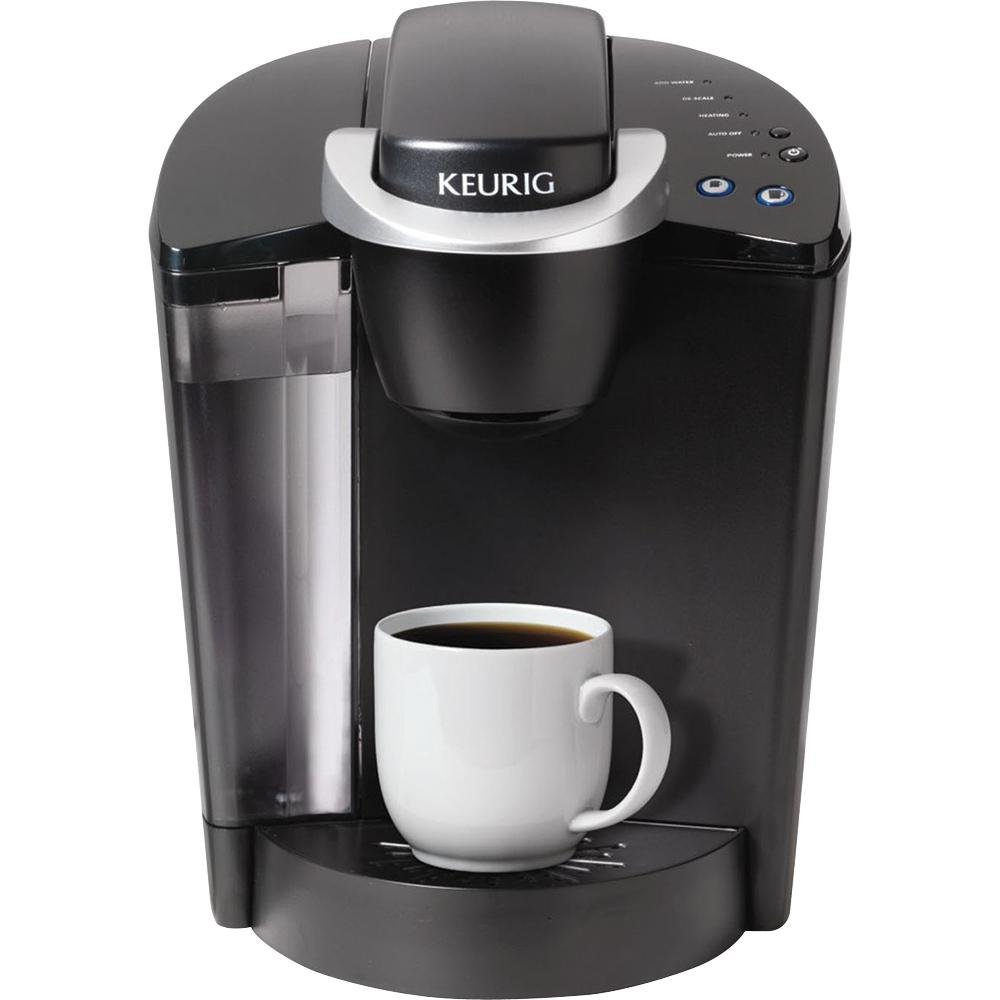
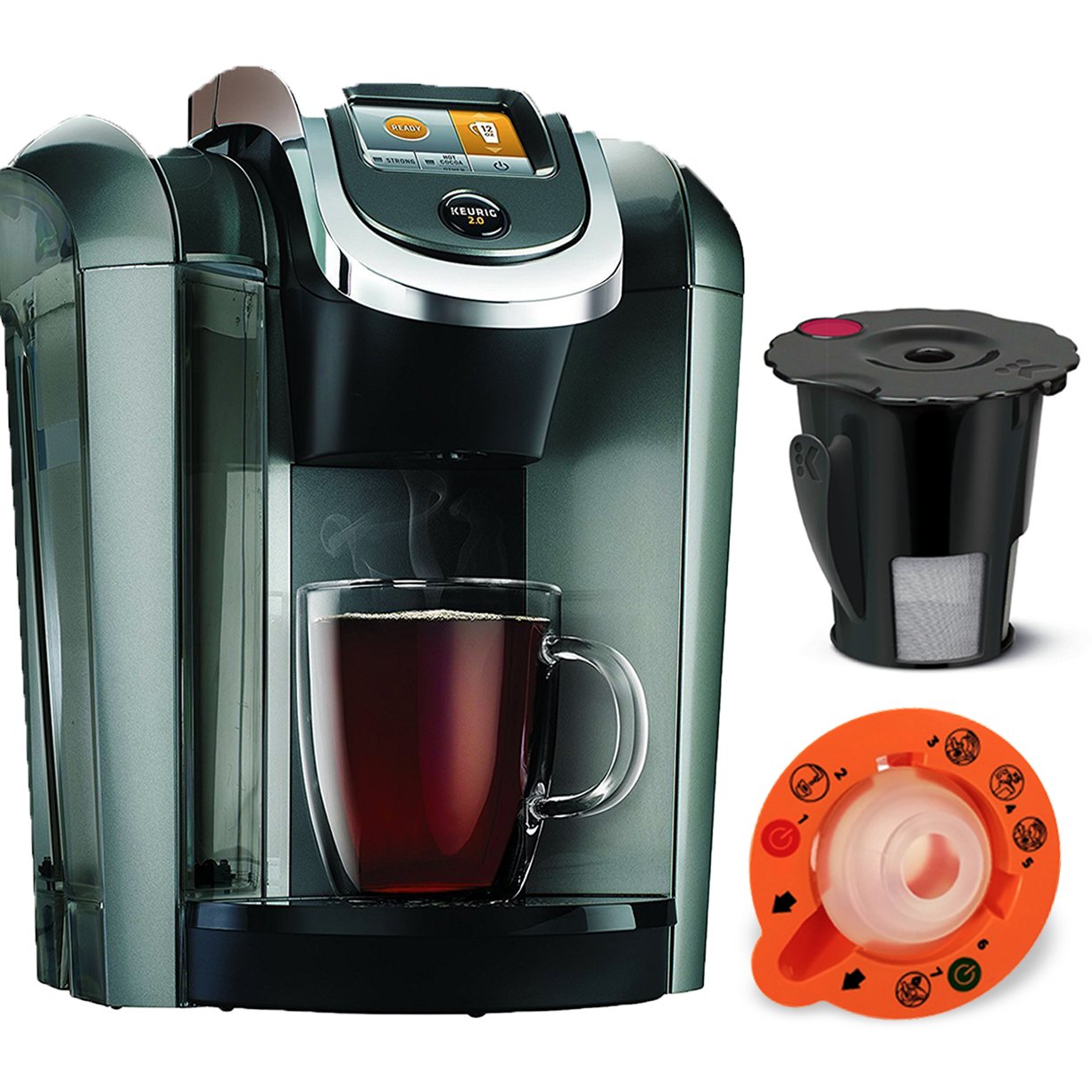

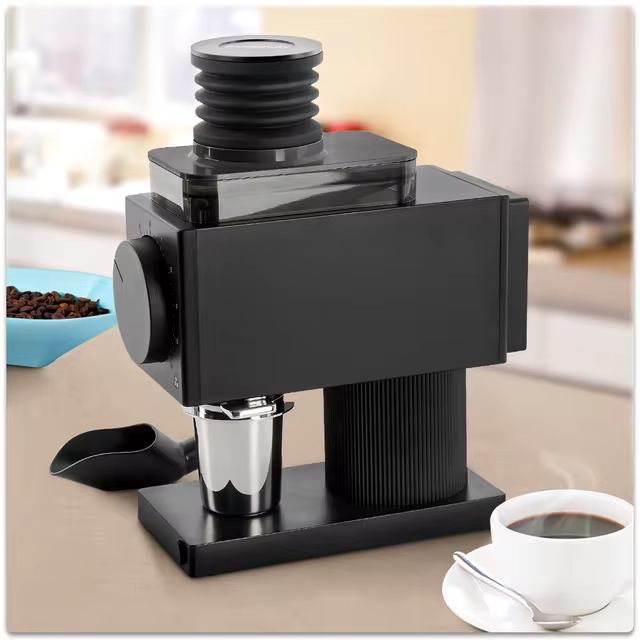

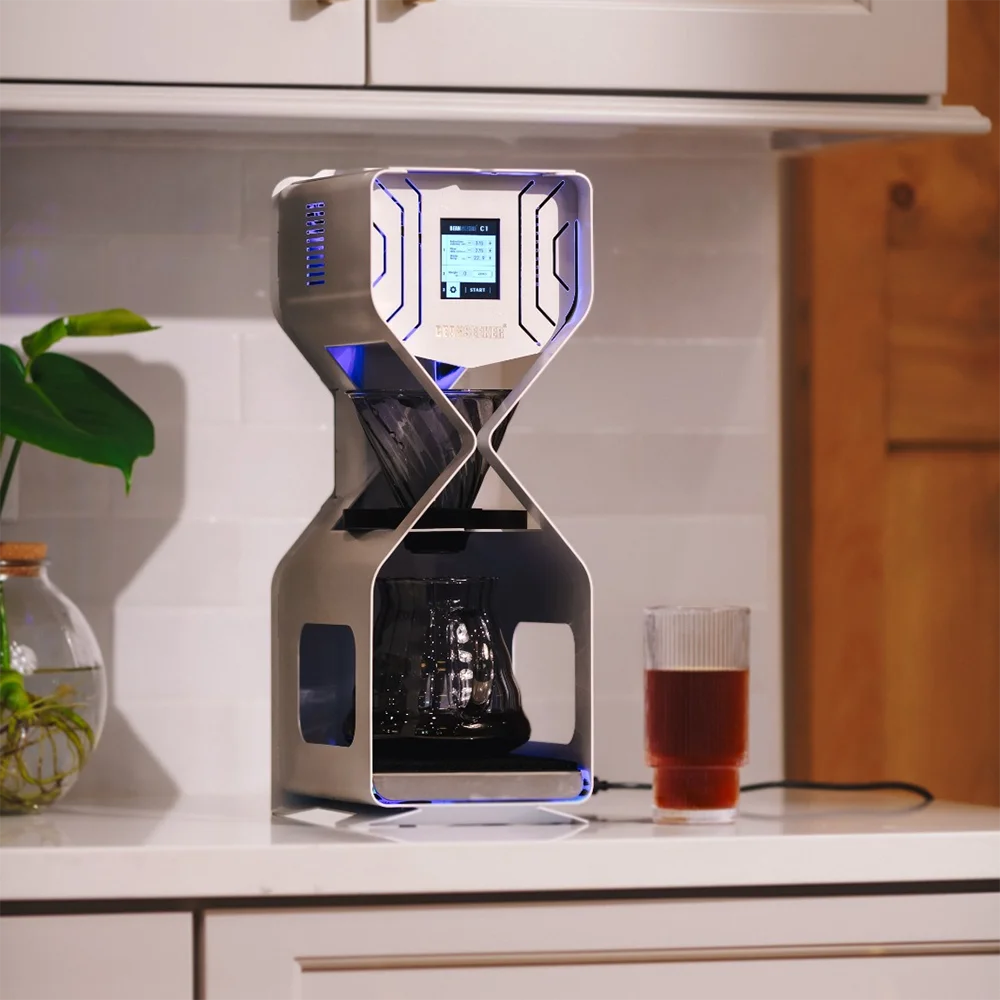 Understanding Keurig Error Messages and Indicators
Understanding Keurig Error Messages and Indicators